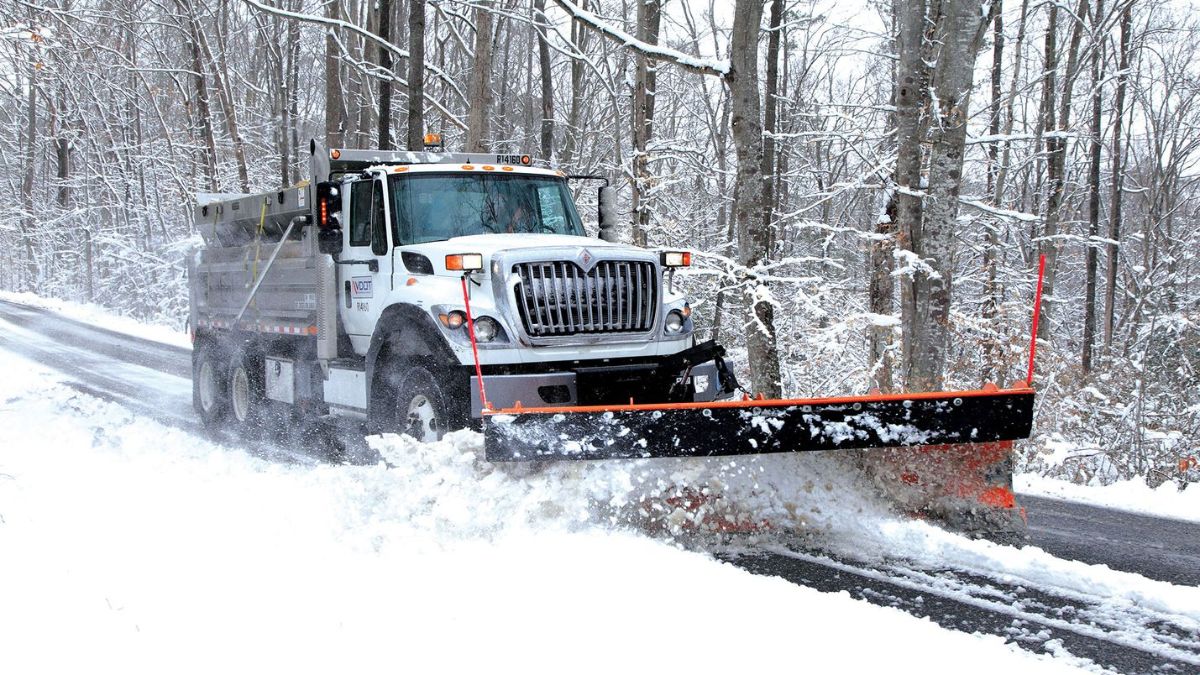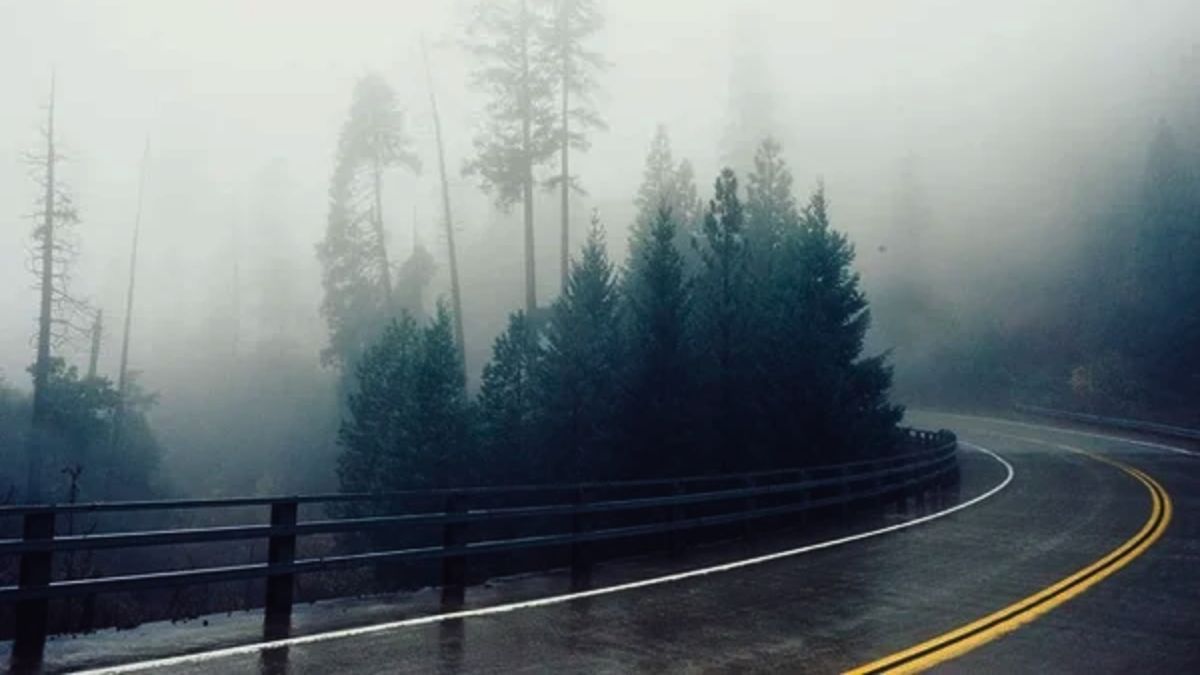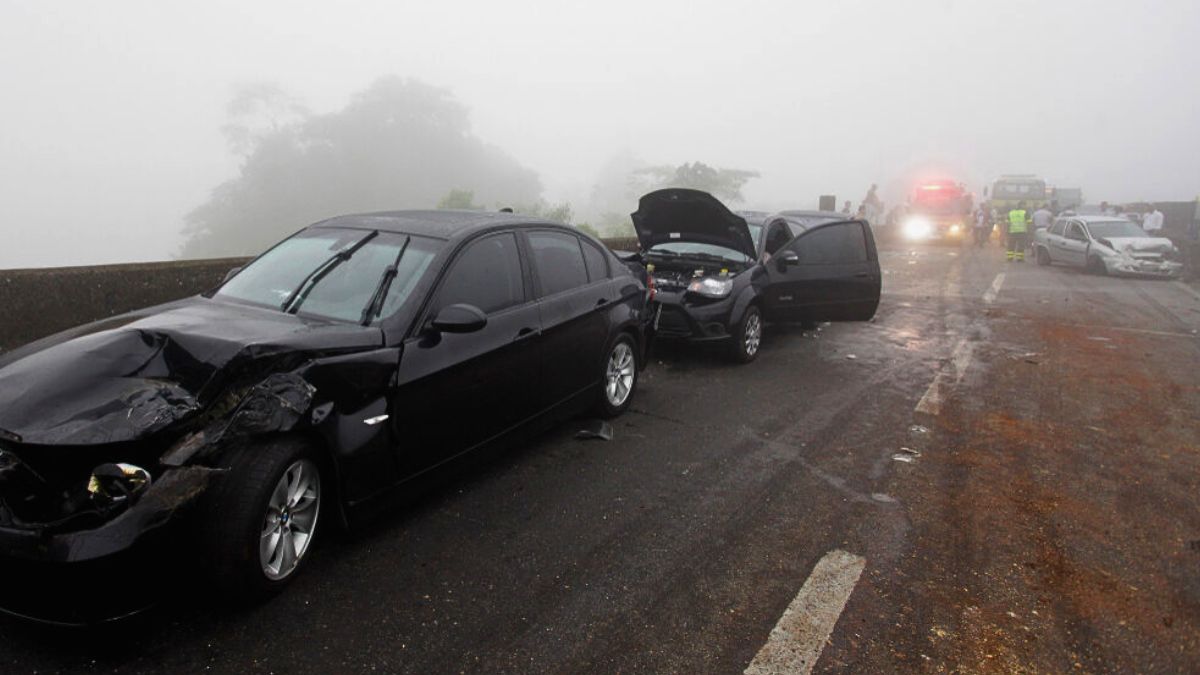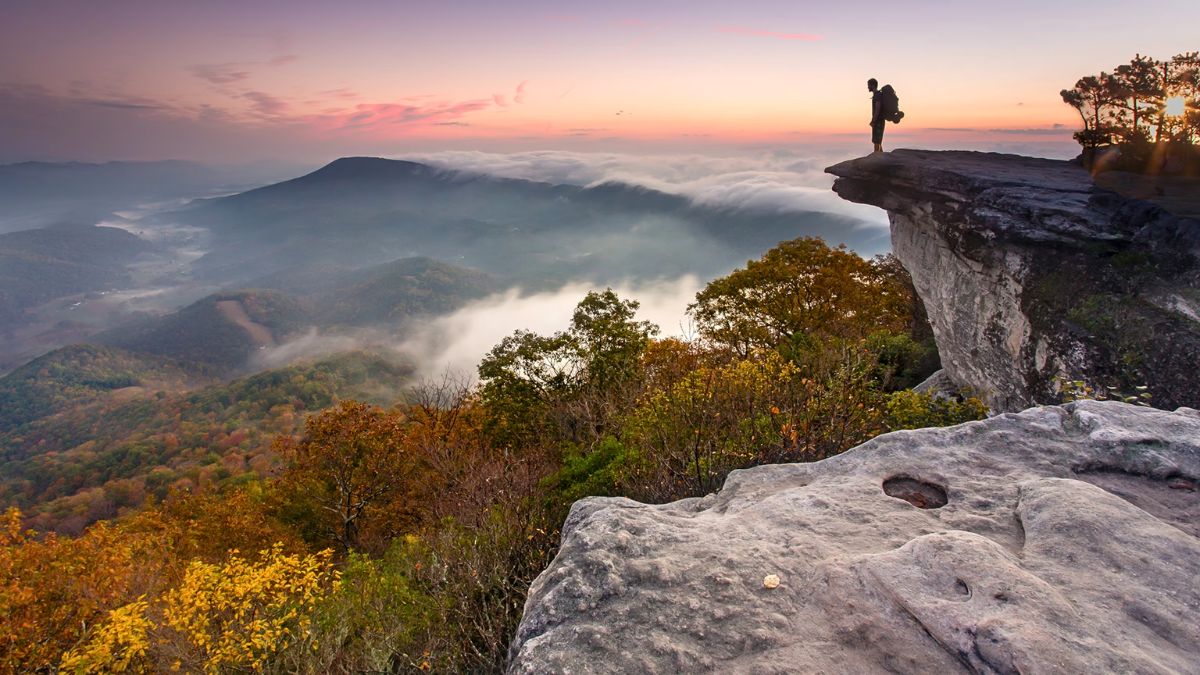When winter storms hit Virginia, roads can go from dry to dangerous in minutes. Icy conditions, heavy snow, and freezing rain all bring serious risks for drivers. But behind the scenes, the Virginia Department of Transportation (VDOT) is already on it—planning, prepping, and clearing roads before most of us even think about shoveling. Curious how it all works? Here’s an inside look at Virginia’s winter road maintenance strategy.
Preparation
VDOT doesn’t wait for snow to start falling. Their winter readiness begins months in advance. By fall, they’ve already stocked up on salt, sand, and brine. Equipment is inspected, and snowplows are tested. Crews run practice drills to prepare for real storms.
Each of Virginia’s nine VDOT districts creates its own winter operations plan based on local terrain, traffic volume, and weather patterns. The idea is to be ready to go the moment flakes start flying.
Materials
Different types of winter storms call for different tools. Here’s a quick look at what VDOT uses to treat roads:
| Material | Purpose | When It’s Used |
|---|---|---|
| Salt (rock salt) | Melts ice and snow | During and after snowfall |
| Brine (saltwater) | Prevents ice from bonding to pavement | Before storms |
| Sand | Adds traction on icy roads | In extreme cold or hills |
| Abrasives | For steep grades or bridges | When salt isn’t enough |
Brine is often sprayed on highways before snow hits. It forms a protective layer that keeps snow from sticking, making plowing easier and faster later on.
Equipment
Virginia operates a massive fleet of snow-fighting machines, including:
- Snowplows
- Salt spreaders
- Brine trucks
- Tow plows (which clear two lanes at once)
VDOT also works with private contractors to boost their fleet, especially during major storms. GPS tracking on many of the vehicles helps VDOT monitor progress in real time and adjust routes as needed.
Priorities
Not all roads get treated at the same time. VDOT follows a priority system to keep high-traffic areas clear first:
- Interstates and major highways
- Primary routes and heavily traveled secondary roads
- Neighborhood streets and rural roads
This means that your side street may not get plowed right away. But the goal is to keep emergency and commuter routes safe and passable as quickly as possible.
Real-Time Tools
Drivers can check on road conditions and plowing progress through VDOT’s 511 Virginia system. The website and app show live updates on:
- Road closures
- Plow routes
- Traffic cameras
- Weather conditions
This gives you a heads-up on whether your route is safe—or if you should just stay home.
Challenges
Virginia’s geography makes snow removal tricky. The western mountains can get heavy snow, while coastal areas deal with sleet and freezing rain. This wide range of conditions requires flexibility in how VDOT responds.
Budget is another challenge. With unpredictable winters, VDOT must balance preparedness with cost. They aim to be ready without wasting resources on storms that may never come.
Innovation
VDOT continues to improve its strategy with smart technology. Some trucks use automatic vehicle location (AVL) systems to help dispatchers manage routes. New weather forecasting models and pavement temperature sensors allow for better decisions on when and where to treat roads.
Virginia is also testing eco-friendly brines and advanced materials that work in colder temps with less environmental impact.
VDOT’s winter road maintenance isn’t just about plows and salt—it’s a coordinated, tech-driven effort to keep drivers safe. So the next time you’re cruising on a clear highway after a storm, remember the crews and systems working behind the scenes to make that possible.
FAQs
What does VDOT use before snow starts?
Brine is sprayed to prevent ice from bonding to the road.
Are all roads treated at the same time?
No, interstates and major roads are treated first.
Can I track plows in Virginia?
Yes, through the 511 Virginia website or app.
Why is salt sometimes not enough?
In extreme cold or steep areas, sand or abrasives are used.
Does VDOT use eco-friendly materials?
Yes, they test green alternatives to traditional salt.

















